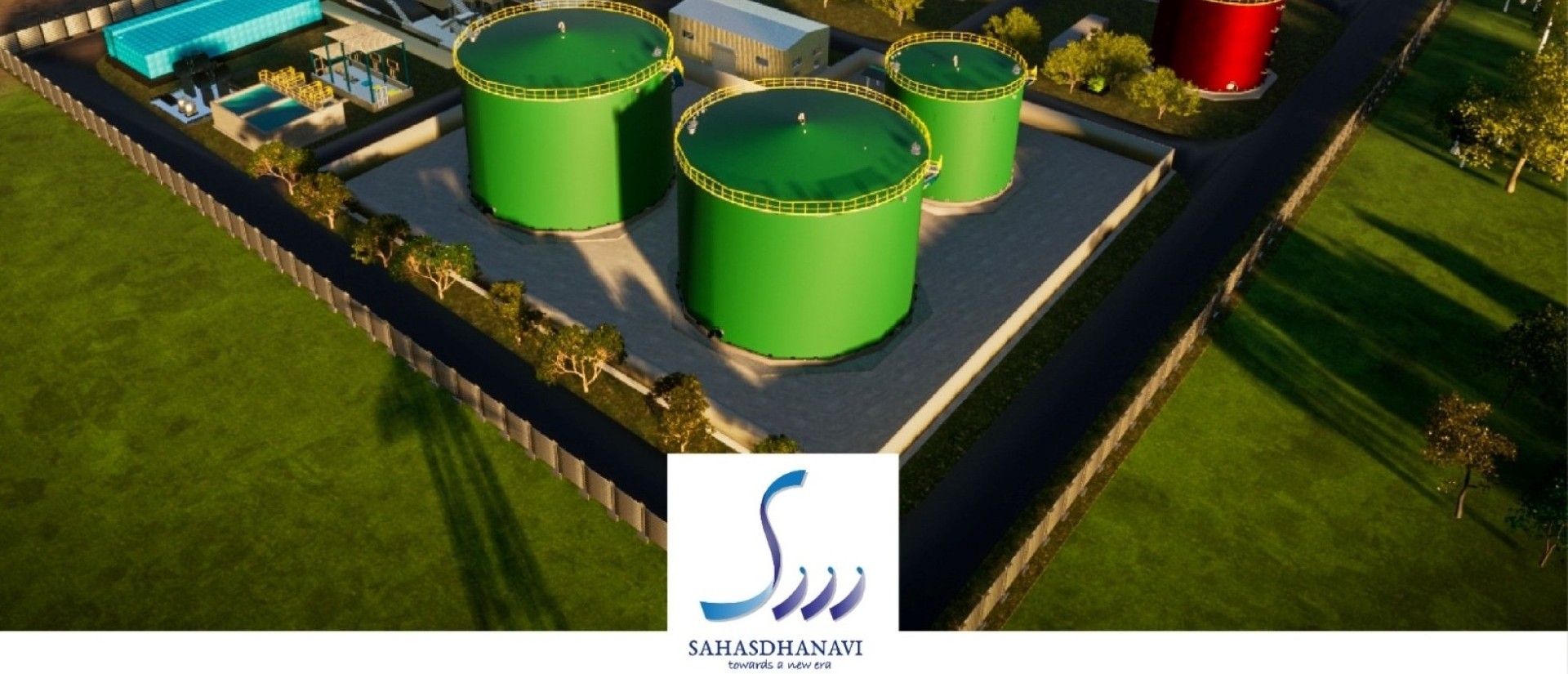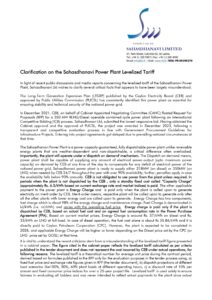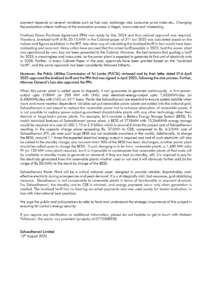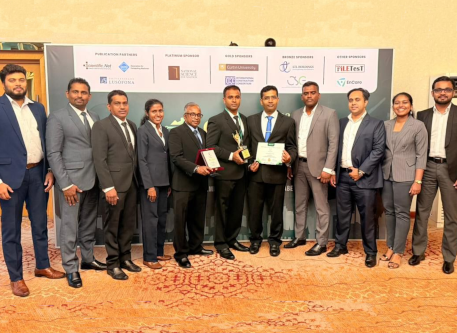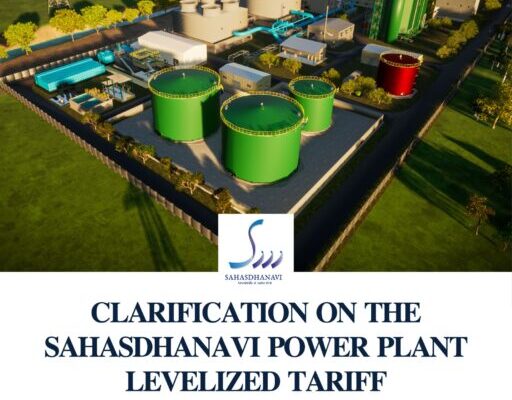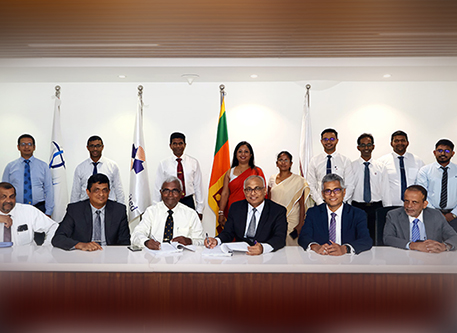Clarification on the Sahasdhanavi Power Plant Levelized Tariff
In light of recent public discussions and media reports concerning the levelized tariff of the Sahasdhanavi Power Plant, Sahasdhanavi Ltd wishes to clarify several critical facts that appears to have been largely misunderstood.
The Long-Term Generation Expansion Plan (LTGEP) published by the Ceylon Electricity Board (CEB) and approved by Public Utilities Commission (PUCSL) has consistently identified this power plant as essential for ensuring stability and technical security of the national power grid.
In December 2021, CEB, on behalf of Cabinet Appointed Negotiating Committee (CANC) floated Request For Proposals (RFP) for a 350 MW RLNG/Diesel operable combined cycle power plant following an International Competitive Bidding (ICB) process. Sahasdhanavi Ltd, submitted the lowest responsive bid. Having obtained the Cabinet approval and the approval of PUCSL, the project was awarded in December 2023, following a transparent and competitive evaluation process in line with Government Procurement Guidelines for Infrastructure Projects. Entering into project agreements got delayed due to prevailing national circumstances at that time.
The Sahasdhanavi Power Plant is a power-capacity-guaranteed, fully dispatchable power plant unlike renewable energy plants that are weather-dependent and non-dispatchable, a critical difference often overlooked. Importantly, the plant will operate under a ‘dispatch on demand’ mechanism. The Dispatch on demand means, power plant shall be capable of supplying any amount of electrical power-output (upto maximum power capacity) on demand by CEB at any time of the day to compensate for any deficit of electrical power of the national power grid, Sahasdhanavi power plant is ready to supply either 318MW (on diesel) or 350MW (on LNG) when needed by CEB 24/7 throughout the year with over 90% availability; further, penalties apply in case the availability falls below 90% annually. CEB is not obligated to use power from the plant unless required. In periods when the plant is not dispatched by the CEB , only a standby fixed cost called “Capacity Charge” (approximately Rs. 6.5/kWh based on current exchange rate and market indices) is paid. The other applicable payment to the power plant is Energy Charge and is paid only when the plant is called upon to generate electricity on merit order by CEB. Merit-order means, respective plant will be called upon to generate only after all the other plants with lower energy cost are called upon to generate. Energy Charge has two components, fuel charge which is about 98% of the energy charge and maintenance charge. Fuel-Charge is denominated in kJ/kWh (i.e. ml/kWh) and varies with the prevailing fuel price. Energy charge is paid only if the plant is dispatched by CEB, based on actual fuel cost and on agreed fuel consumption rate in the Power Purchase Agreement (PPA). Based on current market prices, Energy Charge is around Rs. 57/kWh on diesel and Rs. 33/kWh on LNG at full-load. In case of diesel operation, the fuel cost alone is about Rs 55.86/kWh and it is directly paid to Ceylon Petroleum Corporation (CPC). However, the plant is expected to be completed in 2028, and applicable Energy Charge will be higher or lower depending on the Diesel price set by the CPC (or LNG price set by GOSL) at that time.
It is vital to understand the recent criticisms stem from a misunderstanding of the levelized tariff figure presented in a cabinet paper. The figure cited in the cabinet paper reflects the levelized tariff calculated as per criteria published in the tender document and does not represent the cost incurred by CEB under actual operations, for following reasons. The levelized tariff is a theoretical number for average unit price during the contract period, derived based on formulea published in the RFP only for the evaluation purposes in the tender process using, a) fixed fuel price and exchange rate figures given in RFP (the tender document), b) dispatch projections at different load scenarios like 100%, 80%, 60% plant loads at different operating hours, c) a discount rate of 10% per annum and fixed consumer price indices for over a 25-year project life. Levelized tariff is used solely to ensure fairness in evaluating all bidders and was never intended to reflect actual payments to the plant since actual payment depends on several variables such as fuel cost, exchange rate, consumer price index etc,. Changing the evaluation criteria halfway of the evaluation process is illegal, inaccurate and misleading.
Finalized Power Purchase Agreement (PPA) was ready by Dec 2024 and thus cabinet approval was required. Therefore, levelized tariff of Rs 20.15/kWh in the Cabinet paper of 31st Jan 2025 was calculated based on the indices and figures published in the RFP. Any other way of calculating the levelized tariff in fact would have been misleading and incorrect. Many critics have accused that the actual tariff payable in 2025, had the power plant was operational by now, has not been presented to the Cabinet. However, the fact remains that quoting a tariff for 2025 is meaningless and inaccurate, as the power plant is expected to generate its first unit of electricity only in 2028. Further, in every Cabinet Paper in the past, approvals have been granted based on the “Levelized Tariff”, and the same approach has been consistently followed hitherto.
Moreover, the Public Utilities Commission of Sri Lanka (PUCSL) reviewed and by their letter dated 01st April 2025 approved the levelized tariff and the PPA that was signed in April 2025, following the due process. Further, Attorney General’s has also approved the PPA.
When this power plant is called upon to dispatch, it can guarantee to generate continuously a firm-power-output upto 318MW (or 350 MW with LNG) and electrical-energy-output upto 7,632MWh/day (or 8,400MWh/day with LNG) on 24*7 basis. Plants like Sahasdhanavi are essential to ensure system stability when more and more weather-dependent, variable out-put renewable power plants are added into the national grid; Sahasdhanavi is not meant to replace the renewable power but to enhance absorption of renewable power. It is not possible to replace power-output-guaranteed dispatchable plants with any other technology other than thermal or large-hydro power plants. For example, let’s consider a Battery Energy Storage System (BESS). To match technical features of Sahasdhanavi power plant, a BESS of 1718MW with 15,264MWh energy storage would be required at a cost of USD 1.75 to 2.2 billion which is around 6 times the project cost of Sahasdhanavi resulting in the capacity charge alone exceeding Rs. 37/kWh to CEB, compared to Rs. 6.5/kWh cost of Sahasdhanavi (FYI, pls note such large BESS are not available anywhere in the world). Additionally, to charge the BESS, around 1.1 times the expected electrical energy output is required and cost of such electricity will also be added to the standby charge; any moment when 50% of the BESS has been discharged, another power plant should be called upon to charge the BESS; if such charging is to be from renewable plants, a 1,400 MW solar PV (or 730 MW wind plant) required, but it is impossible to contemplate that renewable plants of that scale will be available in standby mode to generate on demand; if they are kept on standby, still, it is required to pay for the electricity generated from the renewable plants whether used or not and it will obviously further add (in the range of Rs 20/kWh) to the stand-by charge of the BESS.
Sahasdhanavi Power Plant will be a critical national asset, designed to provide reliable, dispatchable, cost-effective electricity during emergencies and peak demand. It is a strategically vital, fast-response, grid-stabilizing resource. Sahasdhanavi is not comparable to renewable plants in terms of functionality or payment structure. For Sahasdhanavi, the standby cost to CEB is minimal, and energy payments occur only when generation is needed. The levelized tariff has no bearing on actual payments and was used purely for tender evaluation, in line with international best practices.
We urge the public and policymakers to refer to facts and understand the strategic importance of this project in ensuring Sri Lanka’s energy security.
If you require any clarification or additional information, please do not hesitate to get in touch with Mahesh Thilakasiri, the senior vice president (projects) at 0772308928.
Sahasdhanavi Limited
13th August 2025
